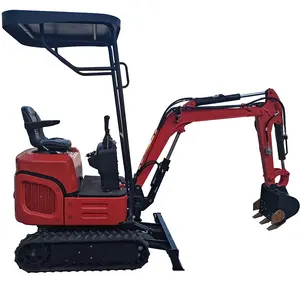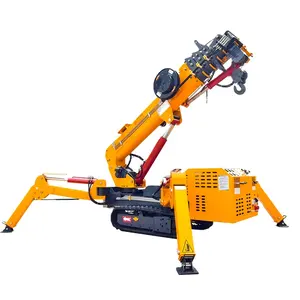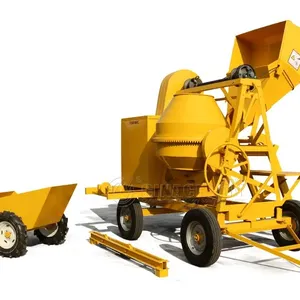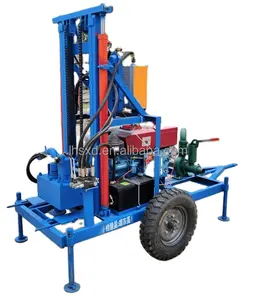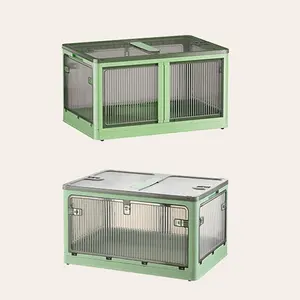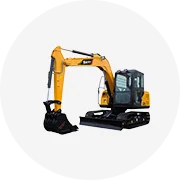Популярное в вашей отрасли

























































Связанные запросы:
















































































































































Самые популярные категории
О японские ящики
Alibaba.com - это платформа номер один, где можно найти лучшие продукты для ваших нужд. Он состоит из всего вашего любимого. японские ящики. что вам нужно в жизни. Вы найдете самое лучшее и долговечное. японские ящики на этой платформе. Если вы конструктор, вам обязательно нужно попробовать эти удивительные продукты на этой платформе. Все эти. японские ящики. удобны в использовании. Таким образом, вам не нужно сильно беспокоиться о его использовании. Вы также можете найти на этой платформе огромный ассортимент товаров разных категорий. На этой платформе доступны все виды товаров по суперскидкам, о которых вы даже не догадывались.
На Alibaba.com вы найдете не только хорошее. японские ящики, но в то же время вы обнаружите, что эти. японские ящики содержат лучшее качество, которое сохраняется дольше. Все это увлекательно. японские ящики бывают разных размеров, объемов и длины. Эти изделия изготовлены из материалов, которые легко разлагаются.
Производители этих удивительных. японские ящики обладают огромным опытом в производстве этих высококачественных товаров. японские ящики. Лучшая часть этой платформы заключается в том, что поставщики на этой платформе предлагают вам возможность настройки. Вы можете настроить его в соответствии со своими потребностями. Эти .. японские ящики изготовлены таким образом, что каждый непрофессионал может использовать их без каких-либо проблем.
На Alibaba.com вы можете найти все диапазоны. японские ящики. которые вам больше всего подходят. Вы не найдете подобных интересных предложений и скидок ни на одной другой платформе.

